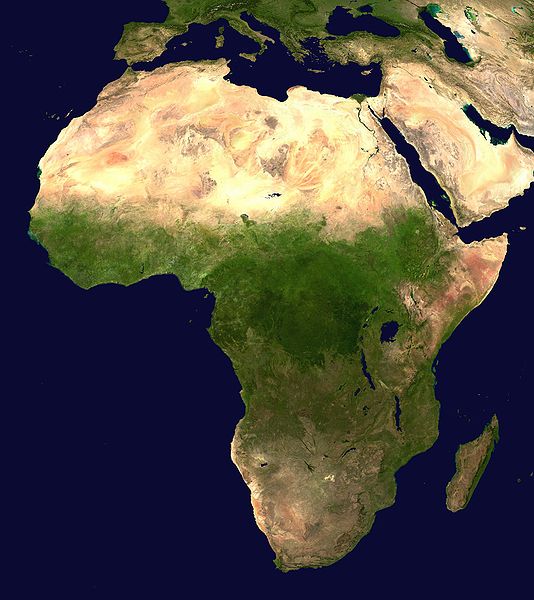
Strategic considerations regarding French Intervention in Mali
 On Friday, the French military launched Opération Serval, a series of air strikes against radical Islamic groups operating in northern Mali. The French launched this operation at the behest of the Malian government after Islamists attempted to capture the city of Mopti.
On Friday, the French military launched Opération Serval, a series of air strikes against radical Islamic groups operating in northern Mali. The French launched this operation at the behest of the Malian government after Islamists attempted to capture the city of Mopti.
Losing Mopti to radical forces would have been devastating, both strategically due to the large airport there and politically to the Sanago regime currently ruling Mali. Instability stemming from the takeover would have threatened not only the residents located in and around Mopti but also brought untold numbers of people seeking safe haven to southern Mali and neighboring states. Since the airstrikes began, the French government has acted cautiously and issued ambiguous statements about the length and goals of the operation. The United States has a vested interest in the long term security of the Sahel (see our fact sheet) and has spent a considerable amount of time and money, most notably through Operation Juniper Shield, on improving the security of the Sahel.
The launch of French operations poses multiple questions about the strategic aims of the campaign:
French Goals of the Operation
Currently, the stated goals are to prevent radical groups occupying the north from launching successful offensives into the south and to prepare for an eventual African led force to move north. However, there have been reports of airstrikes in major holdings far from the original offensive (namely in Gao) and it would appear that France has started the operation to retake the north with limited western support. Whether France is softening the radical forces before it, or other African states moves in, has yet to be determined.
AMISIF or MNLA or Both?
While multiple West African states have pledged troops to the United Nations sanctioned mission to retake northern Mali, there hasn’t been any significant movement to actually follow through and send those troops to the region or what the central leadership tasked with leading this group will look like. Does this lack of action mean the International Community expects the National Movement for the Liberation of Azawad (MNLA), the Tuareg name for the northern region, to secure the north on its own or with air support or as an extension ofthe African-led International Support Mission to Mali (AFISMA)? While possible, the MNLA would most assuredly use any new power to vanquish former allies who shifted allegiances to groups such as Ansar Dine, Movement for Unity and Jihad in West Africa (MUJWA), and Al-Qaeda in the Islamic Maghreb (AQIM) . The ethnic dimension of having the MNLA may also be too much for both northern and southern Malians. While the group has claimed to represent all people of the north, its membership is predominantly Tuareg. This could prove difficult with groups like MUJWA recruiting across ethnic groups. In the south there are many who still blame the group for the loss of sovereign control in the area and then subsequent coups-countercoups
International Support
While the mission has been portrayed by the U.S. and France as an allied effort, with France taking the lead in military action and the U.S. training the Economic Community of West African States (ECOWAS) African Standby Force, there is no set definition of training for the ECOWAS ASF. While the ECOWAS ASF has considerable experience in peacekeeping missions, it still struggles with Command, Control, and Communication Capacities (C4). The U.S. through the Africa Contingency Operations and Training Assistance program has focused on overcoming these challenges for over a decade and the ECOWAS still struggles with both to the point they would need considerable support during a major military operation.







[…] Strategic considerations regarding French Intervention in Mali […]